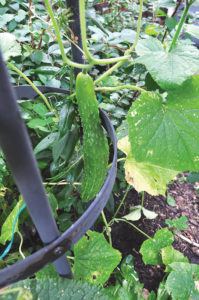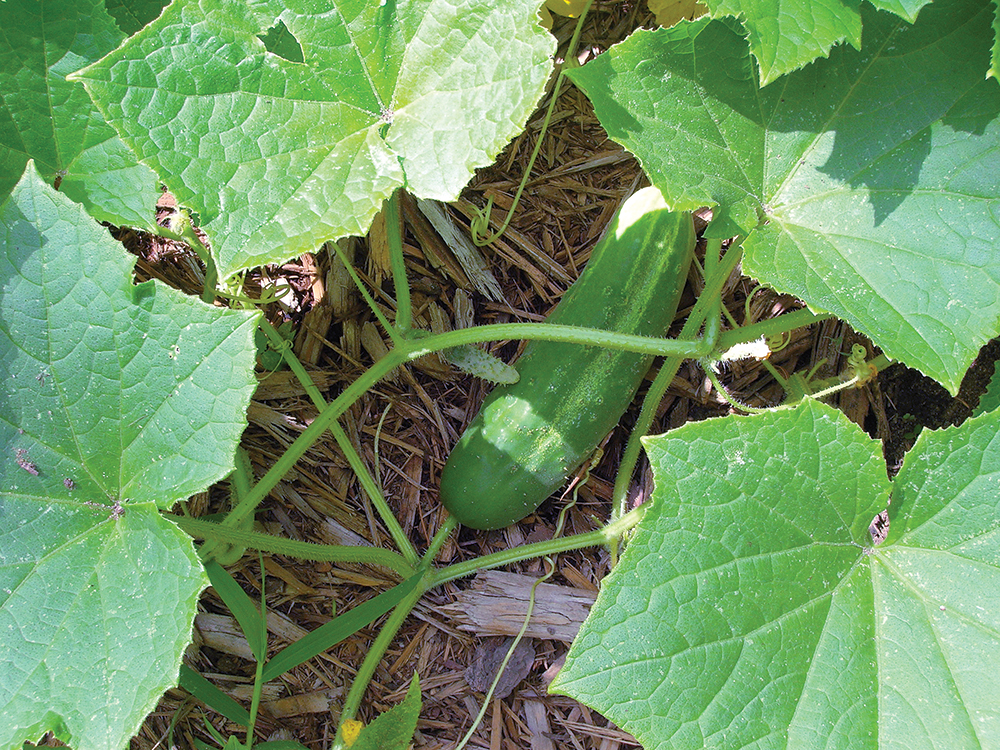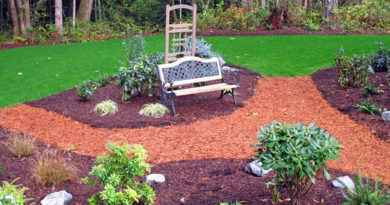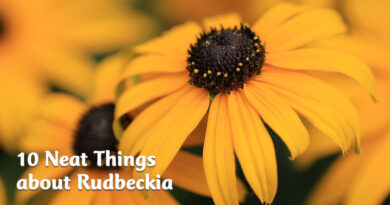Growing Cucumbers
Ask anyone what vegetable is most often planted in their garden and the answer will probably come back, “tomatoes”. That would be wrong, though. Kevin Twomey at T&T Seeds says that his number one seller is cucumber.

Like beans, the more you pick cucumbers, the more crop you will get. This is because harvesting stimulates the plant to reproduce more.
Growing cucumbers
It does not take any special skill or type of soil, although they do better in slightly alkaline soil. Like tomatoes, the plants need to be consistently watered and should be kept evenly moist, but not soggy. Cucumbers are vines with tough tendrils for climbing. The long English or Japanese types do very well trained on a trellis where their fruits can be grown long and straight.
There are three basic types of cucumber; slicing, pickling and burpless – the latter thin-skinned types are perfect for salads and don’t require peeling.
When to plant
Plant your cucumbers in spring when the outdoor temperature exceeds 16 C or start them indoors with a warm soil at 17 to 21 C (the top of the fridge makes a good incubator). Plant the seeds an inch deep and about six inches apart. Thin seedlings to 12 inches apart then thin again when plants are four inches tall to 18 inches apart.
Water adult plants consistently with about one gallon per plant per week. Inconsistent watering can result in bitter fruit. Do not over fertilize. Over fertilization will stunt growth. All it needs is a low nitrogen, high potassium and phosphorus mix every three weeks. Water slowly in morning or evening, avoiding leaves.
If plants flower but don’t produce fruit early in their lives, don’t fret. It is not unusual for cucumbers to begin with a crop of male flowers, which die off before the first female flowers appear. To attract bees for pollination, spray the plant with sugar water, says the Old Farmer’s Almanac.
Cucumber enemies
Cucumbers have a couple of enemies: mosaic virus, which manifests as a leaf with a mottling of white, yellow or dark spots in a blistered pattern and is carried by aphids and leafhoppers (discard plant – there is no cure); and cucumber beetles, which are yellow with black stripes or spots. Cucumber beetle larva (1/4 to 1/2 inch worms with a beige or white body and a brown head, hatching form orange eggs laid in the soil) attack stems and roots and show up in the first two to six weeks of planting. One strategy is to plant late because in our northern climates there is only one generation of the beetle per year. Do disturb the soil in late fall where cucumbers have been planted to expose eggs. Some people advise placing foil around the base of the plants to “foil” the beetles.
Cucumber beetles are pretty indiscriminate feeders, enjoying about 270 plant varieties including some ornamentals and other crops such as potatoes, broad beans, peas, squash and corn. They avoid broccoli, calendula, golden rod, radish, rue, tansy and nasturtiums. While it is true that they are also deterred by some types of marigold, other types actually attract them.
For more about cucumbers, click here






Pingback: 10 Neat Things about Veggie Container Gardening - Canada's LOCAL Gardener magazine